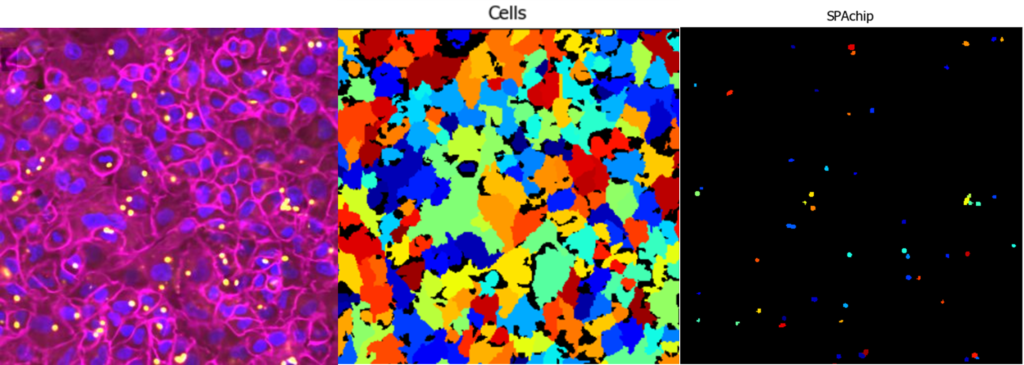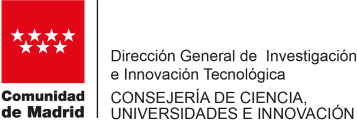
In the dynamic landscape of drug discovery, precision is paramount. High content screening (HCS) assays serve as indispensable tools, providing invaluable insights into cellular responses to various compounds. Yet, amidst the complexity of experimental design, two crucial factors often overshadowed are drug redosing and confluence levels, both wielding significant influence over assay outcomes.
Drug Redosing: Unveiling Temporal Dynamics
Drug redosing, the administration of multiple doses over time, introduces a temporal dimension to cellular responses. Unlike conventional single-dose assays, redosing mirrors pharmacokinetic profiles observed in vivo, offering a more accurate depiction of drug efficacy and toxicity. Timing and frequency of administrations are critical considerations, ensuring alignment with intended therapeutic regimens and translatability to clinical settings.
Confluence: Balancing Cell Density for Optimal Results
Cell confluence, the density of cells within a culture, directly impacts their physiological state and responsiveness. Maintaining appropriate confluence levels is vital for reproducibility and accuracy of assay results. Achieving the optimal confluence entails careful titration of cell seeding densities and culture durations, balancing sensitivity and clarity in cellular responses.
SPAchip® Live Cell Analysis: Unveiling Kinetic Insights
The advent of innovative live cell analysis tools revolutionizes drug discovery by offering kinetic data, capturing dynamic cellular responses in real-time. These tools bridge the gap between traditional endpoint assays and dynamic cellular processes, providing unprecedented insights into drug effects over time. By integrating kinetic data with redosing strategies and confluence optimization, researchers gain deeper understanding of compound interactions and cellular dynamics.
Optimizing Assay Design: Adapting to Confluence and Dosing
The integration of redosing regimens, confluence optimization, and live cell analysis heralds a new era in assay design. By embracing the temporal dynamics and spatial heterogeneity inherent to cellular systems, researchers unlock nuanced drug responses and refine target identification processes. However, this integration presents challenges in experimental design, necessitating meticulous optimization to avoid confounding factors that obscure true drug responses.
Conclusion: Navigating Complexity for Enhanced Insights
In navigating the complexities of drug discovery, optimizing assay design emerges as a critical imperative. By leveraging innovative live cell analysis tools, such as SPAchip® assay kits, researchers unravel dynamic cellular responses, enhancing precision and efficacy in drug screening endeavors. With careful consideration of redosing strategies and confluence optimization, assays become more than snapshots of cellular activity; they become windows into the intricate interplay between compounds and cells, driving forward the frontier of drug discovery with unprecedented clarity and accuracy.






